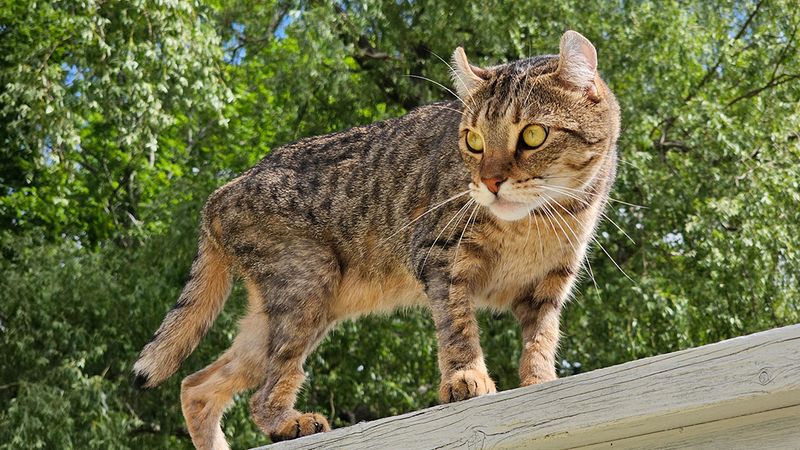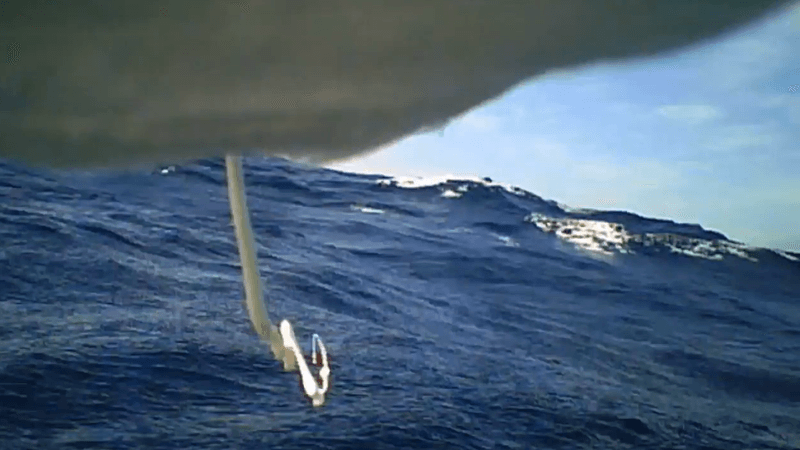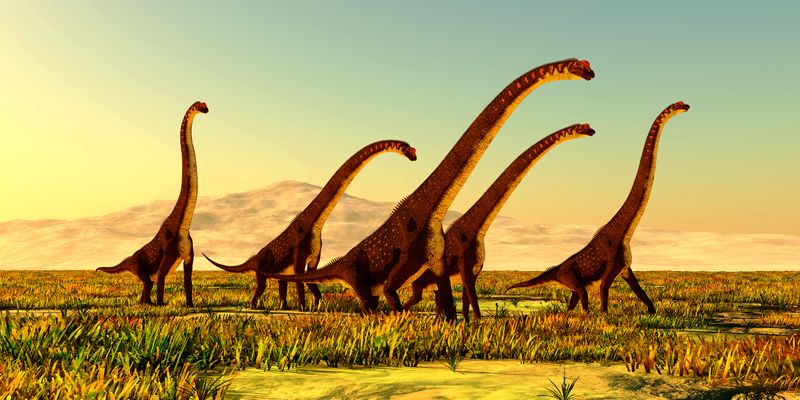Efforts to save endangered species often call for an army of volunteers – but one zoo’s conservation program is showing how an air force can be just as useful. A range of innovative applications of drone technology could be the difference between survival and extinction (at least in the wild) for many species.
The rest of this article is behind a paywall. Please sign in or subscribe to access the full content.Australia has had a horrifying rate of extinction since European colonization, particularly among small mammals, and a great many others are hanging on by their fingernails (or furry equivalent). Zoos Victoria is on a mission to save 27 species classed as threatened or endangered, but doing so requires knowledge we often don’t have.
However, drones are starting to fill the gap – proving they are useful for something besides warfare and annoying neighbors – providing information about the locations of the animals in need of help, and sometimes the delivery mechanisms as well.
“We’re utilizing drones that can be mounted to radio tracking kits, allowing us to radio-track animals we release into the wild from the air, covering far larger areas than we would on foot,” Zoos Victoria Research Assistant and Field Officer Sakib Kazi said in a statement sent to IFLScience. “These drones can also produce large, high-resolution maps, which are far more detailed than any aerial imagery available on the internet.”
One drone-mounted program uses lidar to create a 3D model of the landscape, vegetation included, allowing teams to pick the best places to reintroduce animals.
Drones are not just useful for mapping. Bushfires and floods can pose catastrophic risks to threatened populations – and often the danger is not from the immediate disaster, but the lack of food afterward. Traditional methods of food distribution and slow and expensive, and the presence of humans can disturb the shyer animals.
“Part of our emergency response strategy has been to design a drone with high-resolution camera installed beneath it to target small areas for food deliveries, when required,” Kazi added.
The Zoos Victoria team is also using drones to keep track of plains-wanderers, one of Australia's rarest birds, after zoo-bred young were reintroduced to the wild. This has improved understanding of the movements of these birds as they live up to their name.
“Song meters have helped conservationists locate Plains-wanderers on 25 native grassland paddocks in Victoria’s Northern Plains and south-west, where they had never been found before,” Threatened Species Program Coordinator Christ Hartnett said.
Such approaches would be of little use if the drones proved so disturbing to the animals as to disrupt their behavior. However, as Kazi told IFLScience; “We found behavior varies quite a bit, not just by species but by conditions. On farmland, drones often stir up animals on taking off and landing, but when in the air they tend to be drowned out by nearby traffic and get ignored.”
More importantly, with truly wild animals; “Drones don’t elicit much response,” Kazi added. “They can irritate, but thankfully mostly don’t.”
Certainly, Zoos Victoria has not had any of the problems reported by the Western Australian goldmine whose drones were targeted by eagles, and came off second best. “We’ve been taught big birds of prey will often take out multi-propellor instruments,” Kazi told IFLScience, “But it’s only an issue with things that fly like a bird. Others are ignored.”
So far, Kazi said Zoos Victoria has not used drones to spot damaging introduced species – but others have, particularly larger animals such as deer that are damaging parts of the state, including to guide hunters to them. There’s a dystopian version of this where ex-military drones take out species deemed damaging from the air, but so far this is “highly illegal,” Kazi noted.
Other species benefiting from the drone support include some of Australia’s most endangered, such as Leadbeater’s possum, the helmeted honeyeater, the Pookila (once known as the New Holland Mouse), and the orange-bellied parrot, one of the few animals to be dissed by a serving head of government.
Correction 3/20/2024: An earlier version of this article incorrectly linked song meters with the drones, and has now been corrected.




